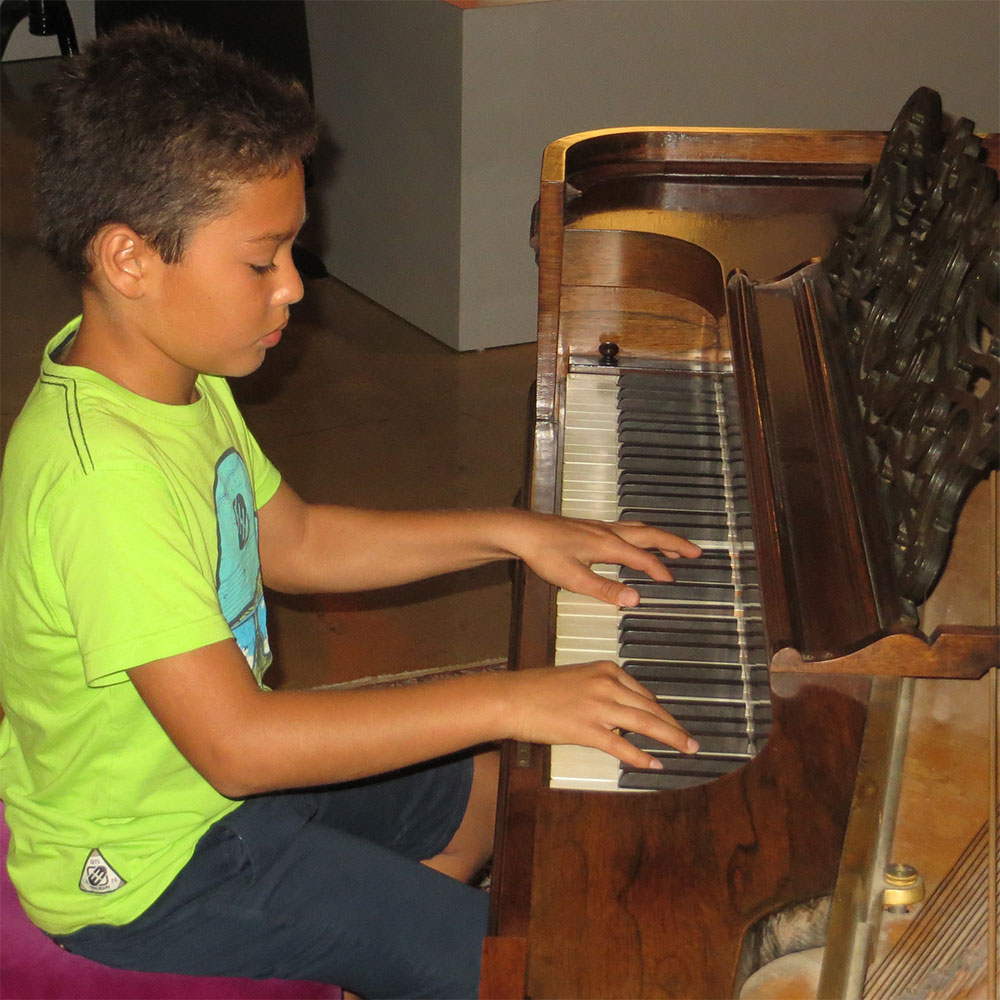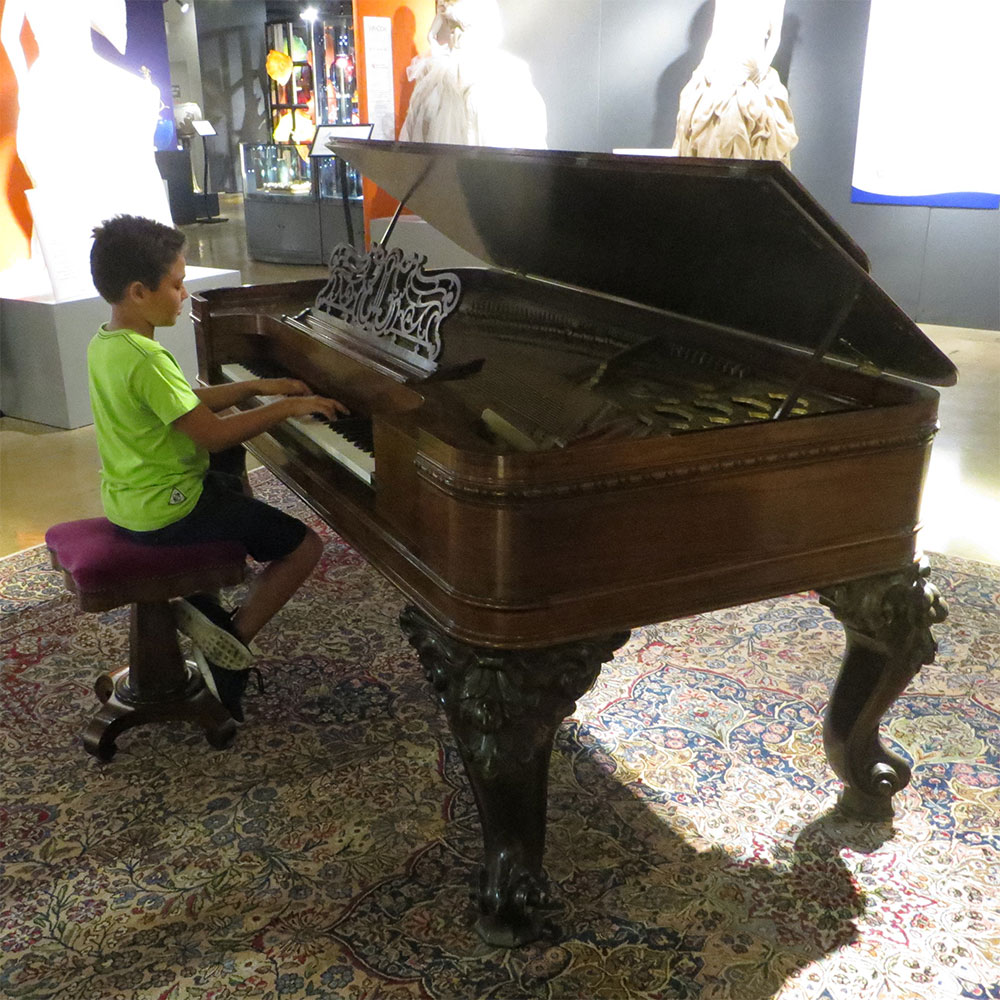By Louise Irvine
The gift of music adds a new dimension to WMODA as demonstrated by our two spectacular pianos. Not only are they both exceptional musical instruments, but they also look stunning in their settings. In December, Bonnie Schur donated her mahogany Steinway Grand Piano from 1943, which she was given as a birthday present when she was a child. A few years ago, Sharon Lee Parker donated her Chickering Square Grand piano, which was a wedding present from her parents. WMODA is honored to have received these treasured family possessions.
The rare Chickering rosewood square grand piano, made in 1864, was donated to WMODA by Sharon in memory of her husband George Parker. It was owned originally by the opera singer Netty Lincoln from Mount Tabor, Vermont. The piano was given to Sharon nearly a century later in 1963 by her parents Cecilia and Mike Strauss. For many years, the piano was enjoyed by the Parker family at their home on the grounds of the Concord Hotel in the Catskills, where it was played by many famous people, including Neil Sedaka.
Jonas Chickering established his business in Boston in 1823 and was the first piano manufacturer in America. During the 1830s, he partnered with John Mackay, a sea captain who exported Chickering pianos to South America and brought back ships full of rosewood and mahogany for piano building until he was lost at sea. Chickering & Sons became an innovative manufacturer and constantly evolved and improved their designs. Their pianos are renowned for their exceptional craftsmanship, rich tonal quality, and attractive designs. Chickering earned a gold medal at the London International Exhibition of 1851 with a special mention for their grand piano which was noted for its brilliancy and power. During the 19th century, celebrity pianists, such as Franz Liszt, played Chickering pianos on their American concert tours and endorsed their instruments, claiming that they were the only ones that would hold up to their strenuous performances.
Instrument of the Immortals
Heinrich Englehard Steinway built his first piano in 1836 in the kitchen of his home in Germany. It is referred to as the “Kitchen” piano and it is on display at the Metropolitan Museum of Art. Steinway emigrated to the US in 1850 and three years later set up a shop in Manhattan, manufacturing square grand pianos. Their first piano manufactured in New York is also displayed in the Met.
Steinway’s mission was to “Build the best piano possible, sell it for the lowest price consistent with quality.” In 1867, Steinway became the first American manufacturer to receive a gold medal at the Paris exhibition. At that time, square grands accounted for 90% of piano manufacturing in the US. 5% of sales were upright pianos and 5% were grand pianos with sales as “scarce as angels’ visits” according to Steinway. By 1884, Steinway had developed their first modern Concert Grand piano (Model D) and stopped advertising their square grand four years later.
Over the years, Steinway has created unique cases for their pianos. In 1883, the Victorian artist Alma Tadema painted a scene of wandering minstrels and the nine muses. The theme of the muses was repeated on the 100,000th Steinway piano which was made for President Roosevelt for the White House and was given to the nation in 1903. By the 1920s, Steinway pianos were endorsed by celebrated concert pianists and their advertisements claimed they produced the “Instrument of the Immortals”.
Patents in the 1930s created the Diaphragmatic Soundboard Design, which improved the tonal resonance, and the Accelerated Action, which made the touch of Steinway the most responsive and sensitive of any piano made. John Lennon of the Beatles composed his most famous song Imagine on a Steinway and his vertical piano sold to George Michael in 2000 for over $2 million dollars. Ten years later, Steinway introduced the Imagine Series Limited Edition, modeled after the white grand piano that Lennon presented to Yoko Ono on her birthday in 1971.
Can you help?
We are greatly indebted to Bonnie Schur, who also donated two beautiful antique carpets, which are on display in the museum, as well as two French chandeliers, which need to be restored. The Steinway also needs to be professionally tuned and re-calibrated, which is beyond the museum’s budget. Would you sponsor the restoration of the Steinway so that it can be played at events in our Hot Glass Gallery? The Chickering Square Grand also requires professional restoration and preservation, which we are advised is well worth the effort and expense for this exceptional instrument. Only rarely have we allowed this antique instrument to be played so far but we couldn’t resist when this young French pianist begged to play during his visit to WMODA a few years ago. Can you help bring music to the museum?
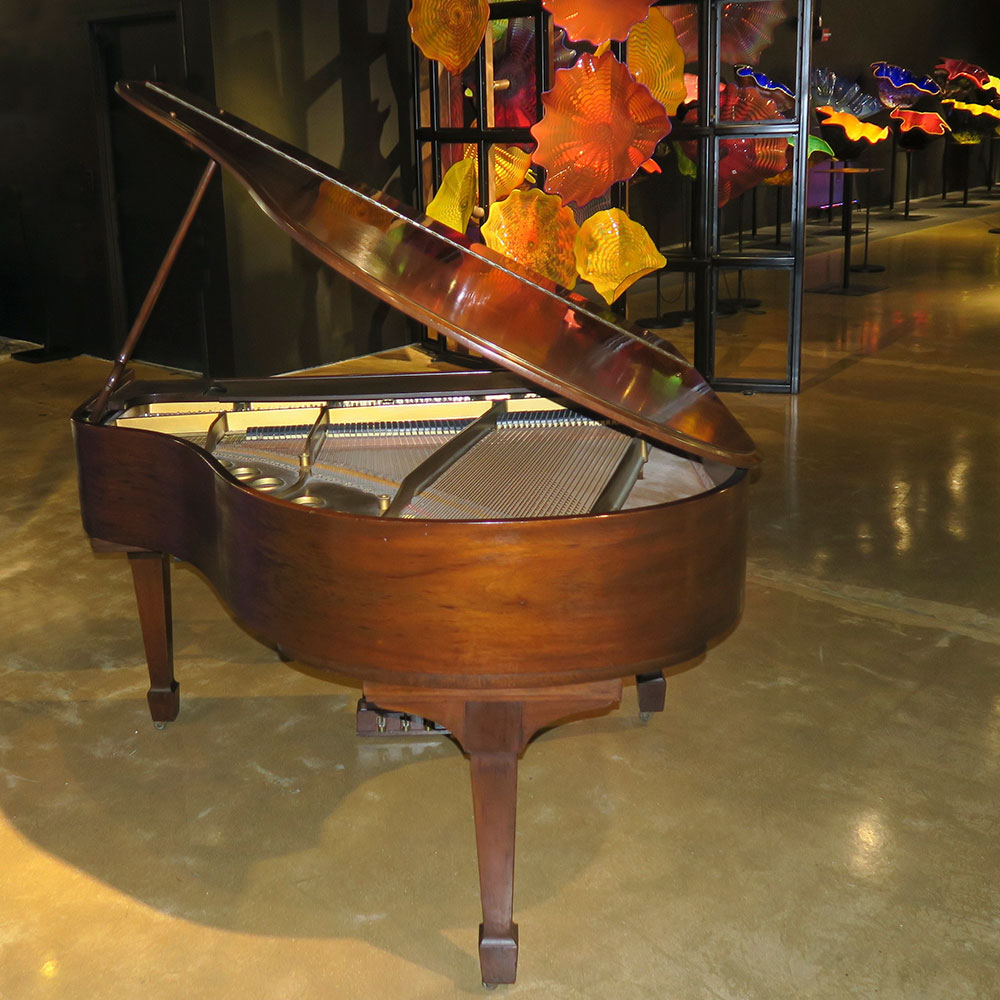
Steinway Grand Piano donated to WMODA by Bonnie Schur
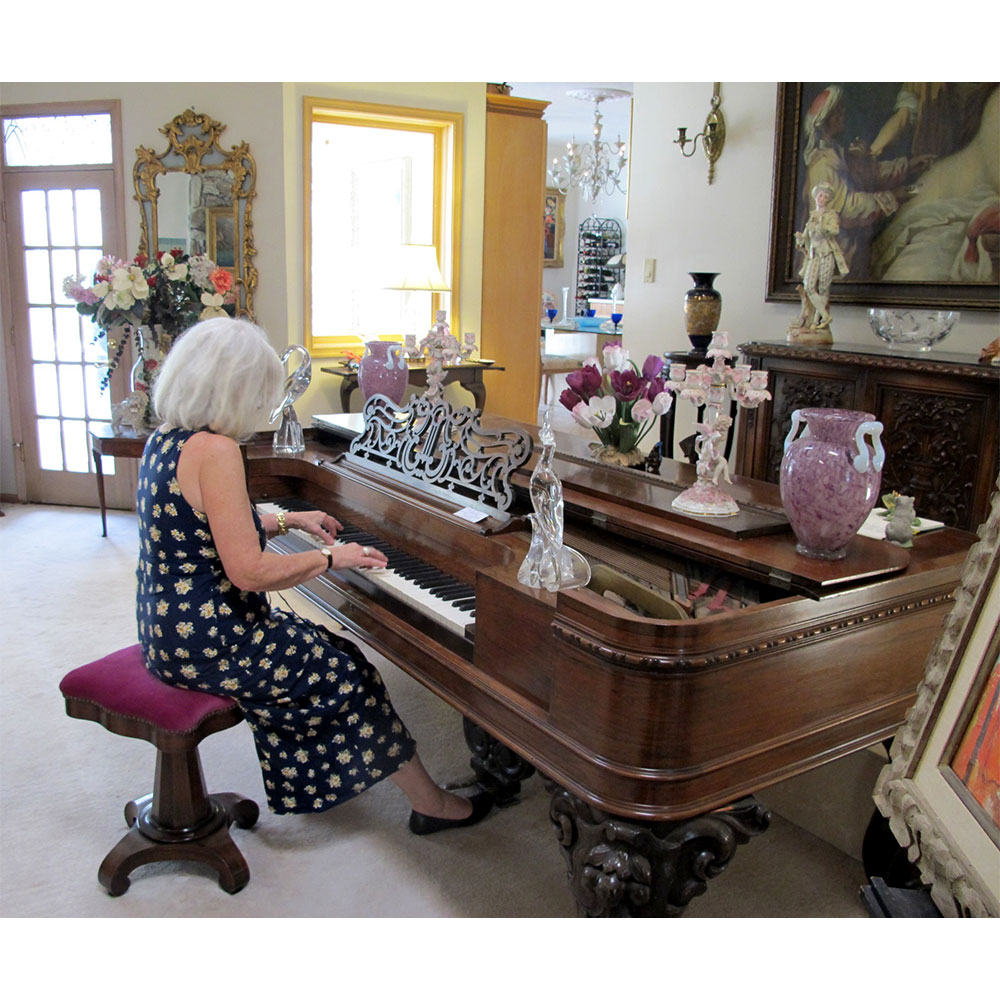
Sharon Lee Parker playing the Chickering Square Grand Piano she donated to WMODA
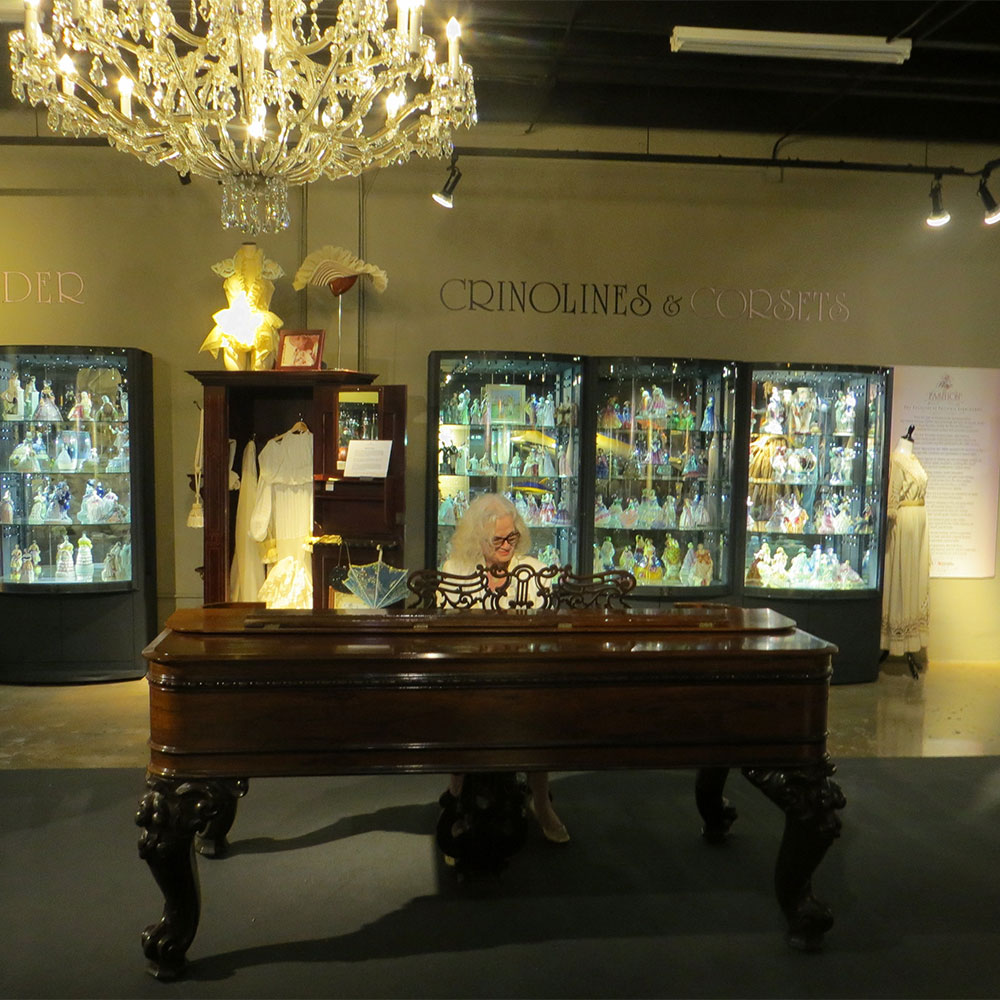
Chickering Square Grand Piano at WMODA
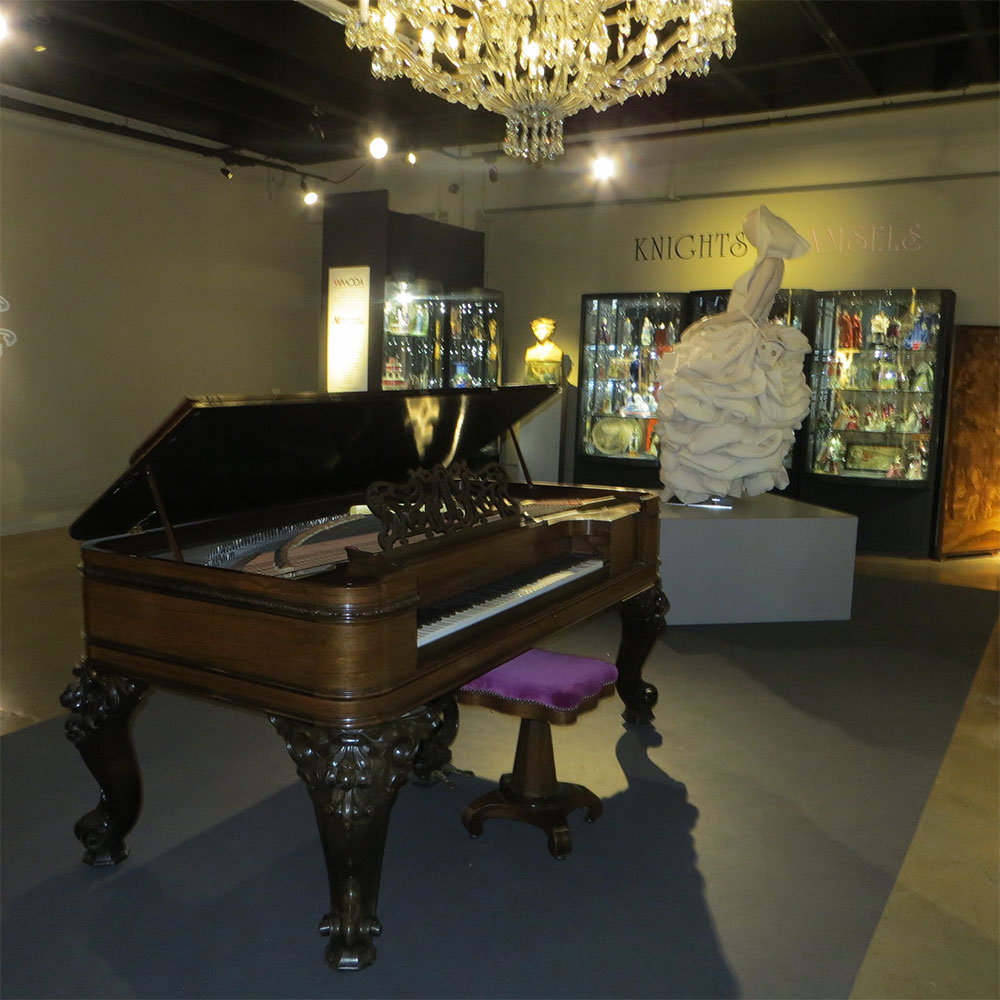
Chickering Square Grand Piano at WMODA
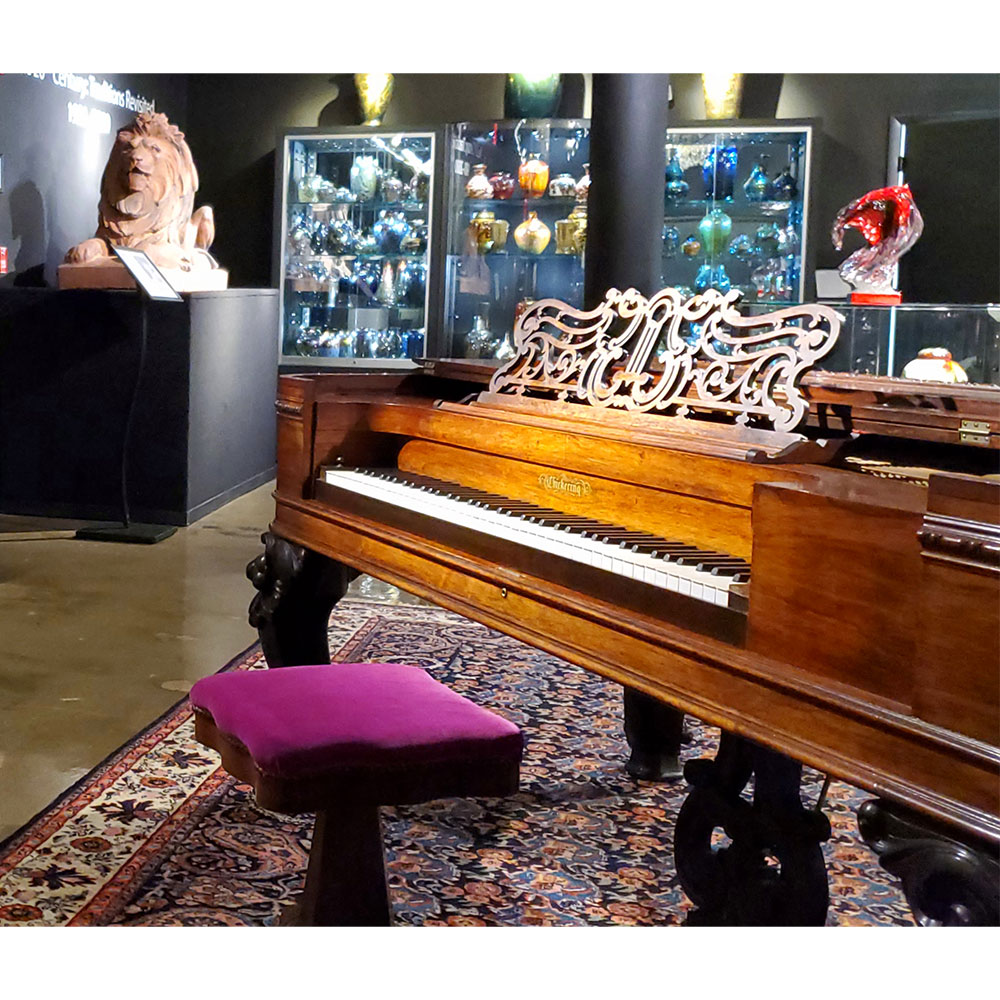
Chickering Square Grand Piano at WMODA
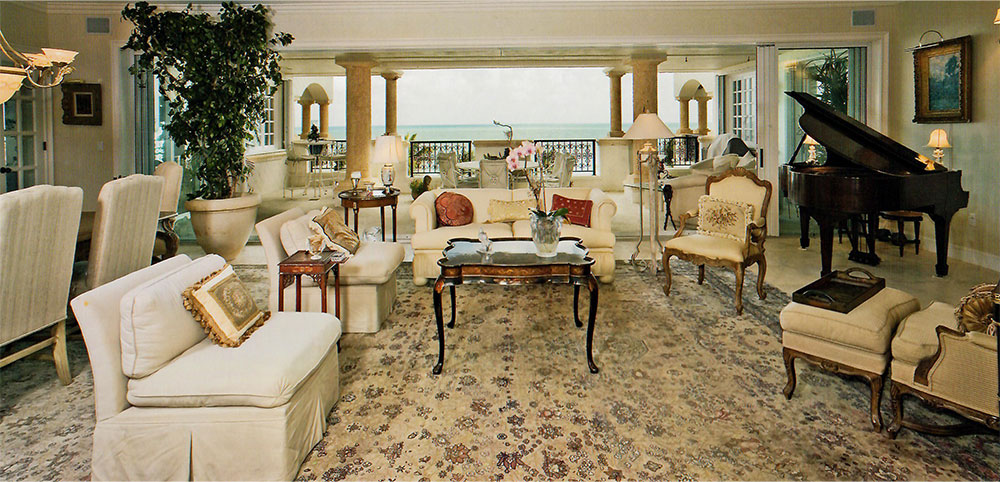
Bonnie Schur donated her mahogany Steinway Grand Piano from 1943
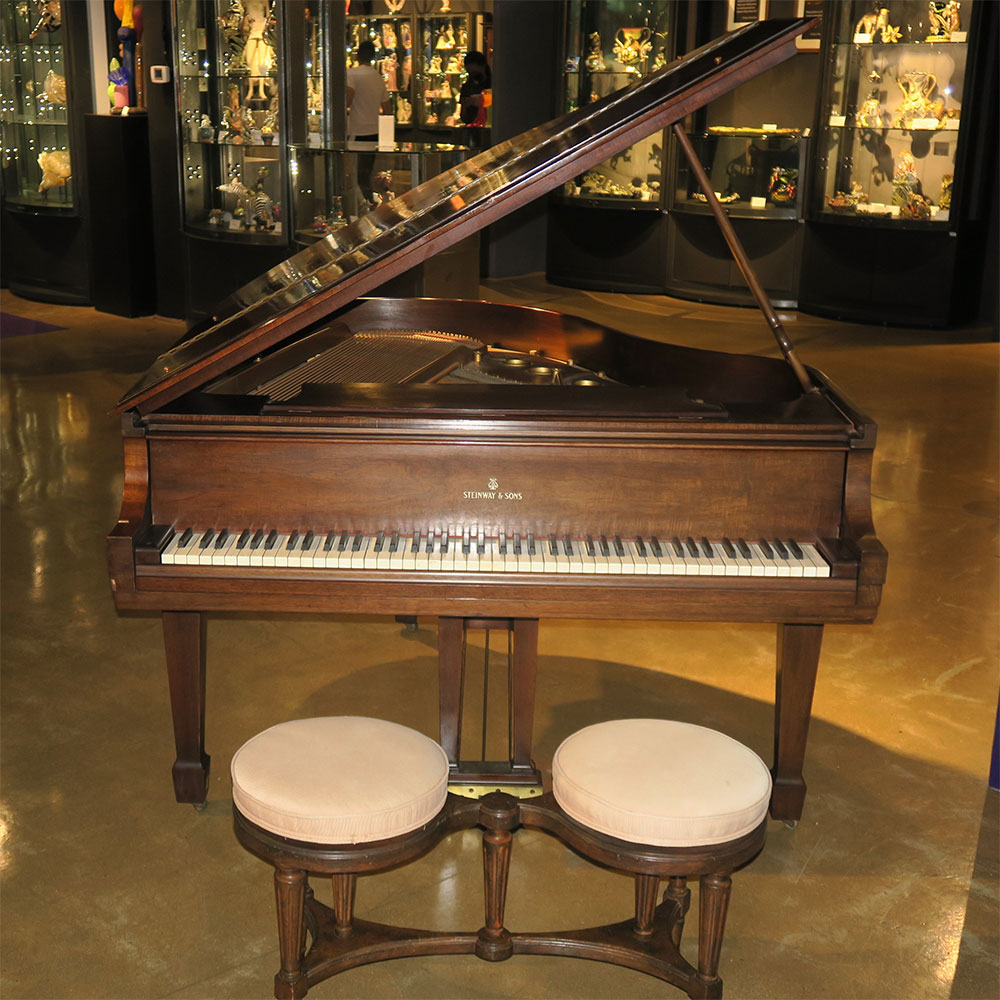
Mahogany Steinway Grand Piano

Mahogany Steinway Grand Piano at WMODA
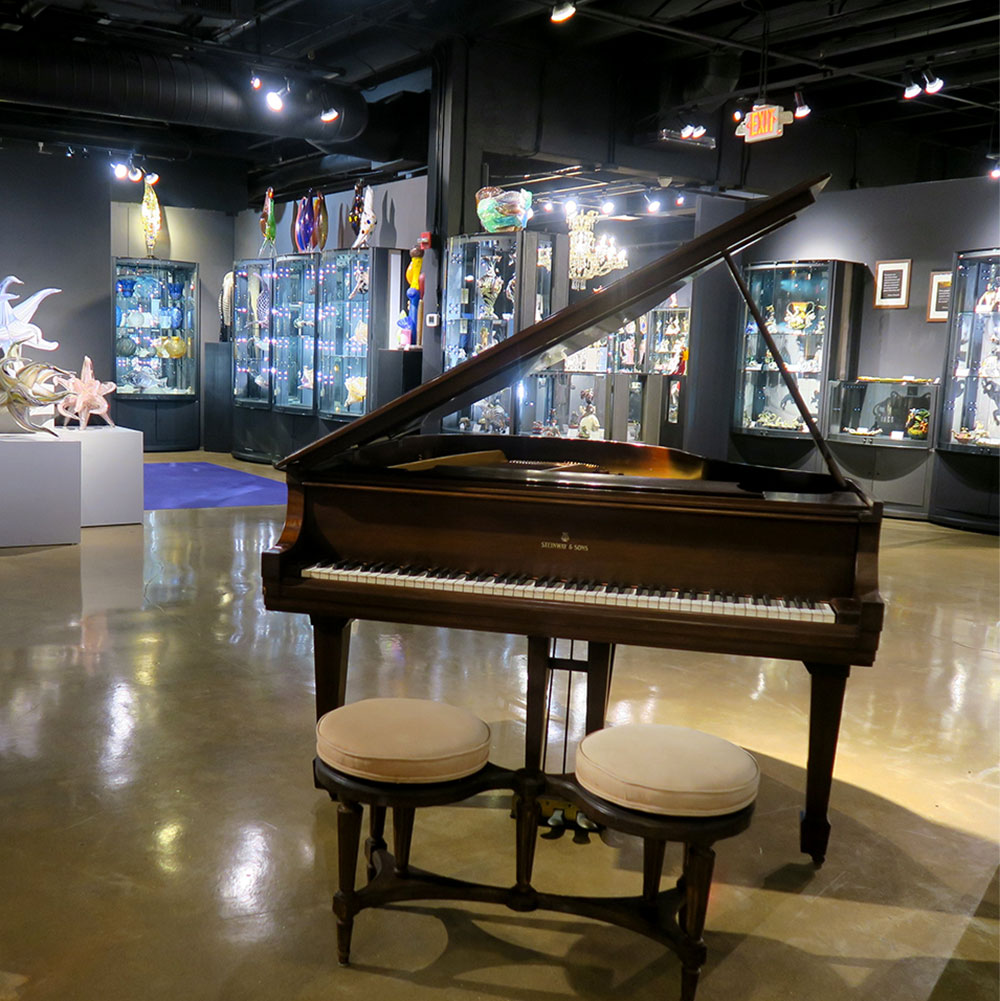
Mahogany Steinway Grand Piano at WMODA
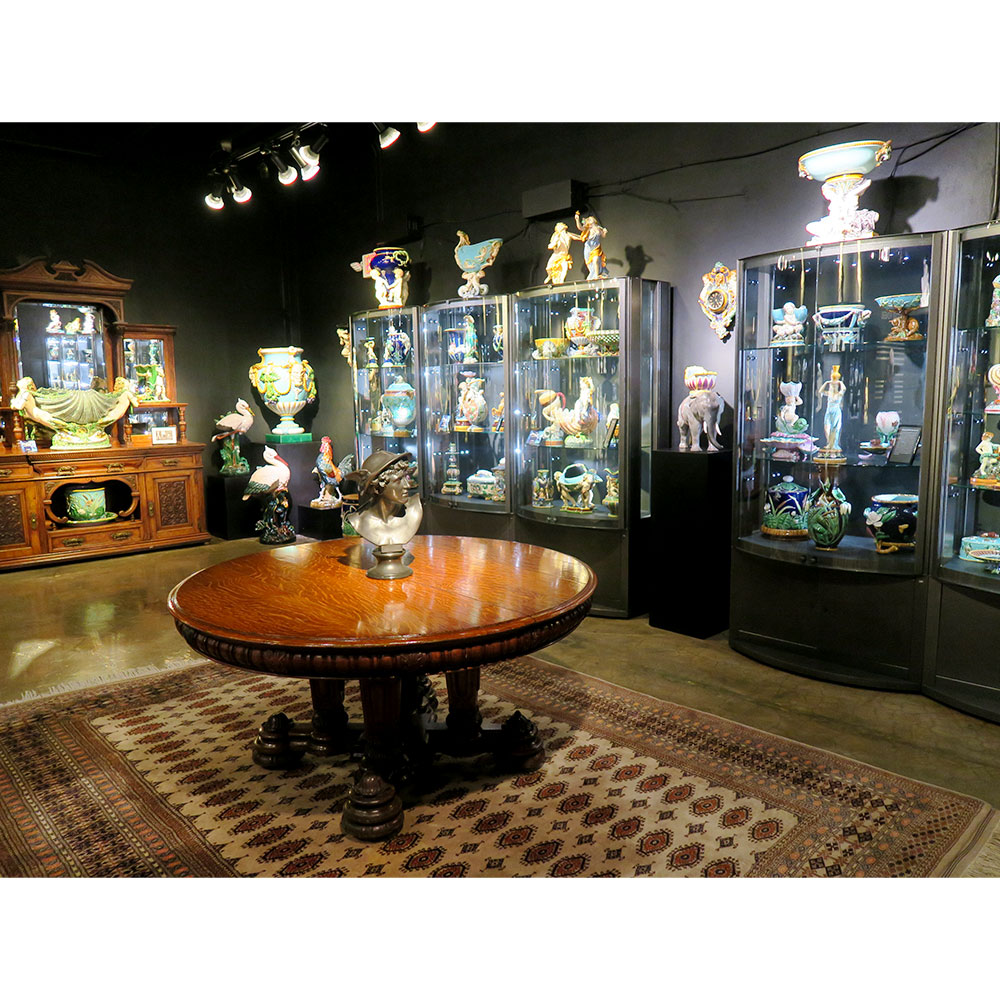
Antique carpet at WMODA

